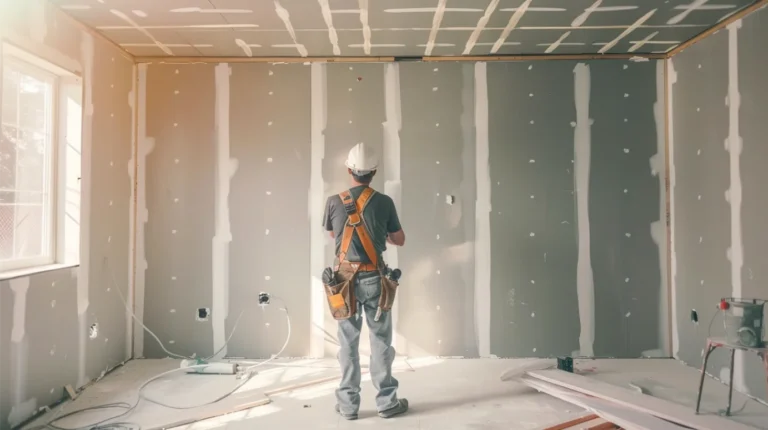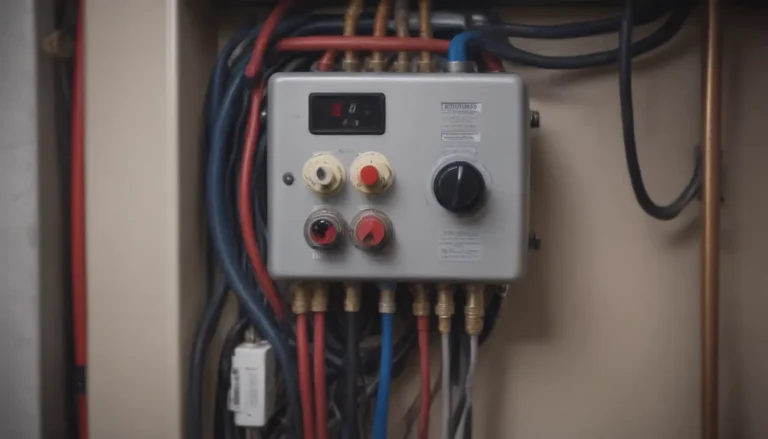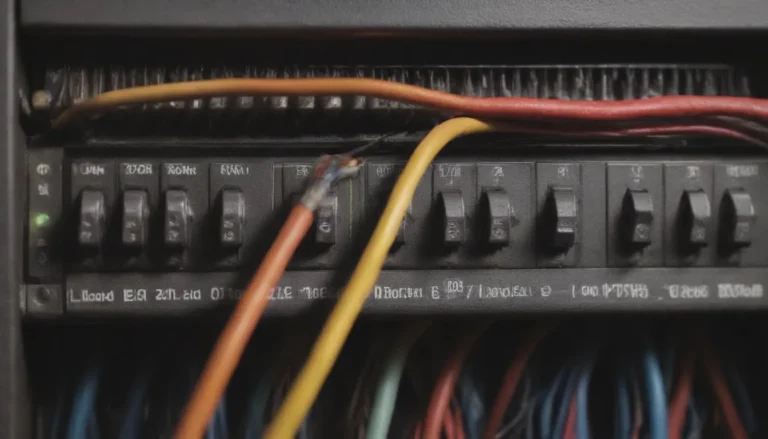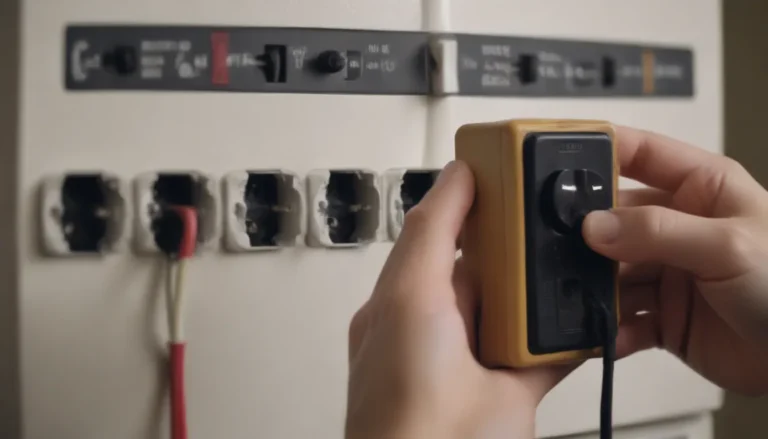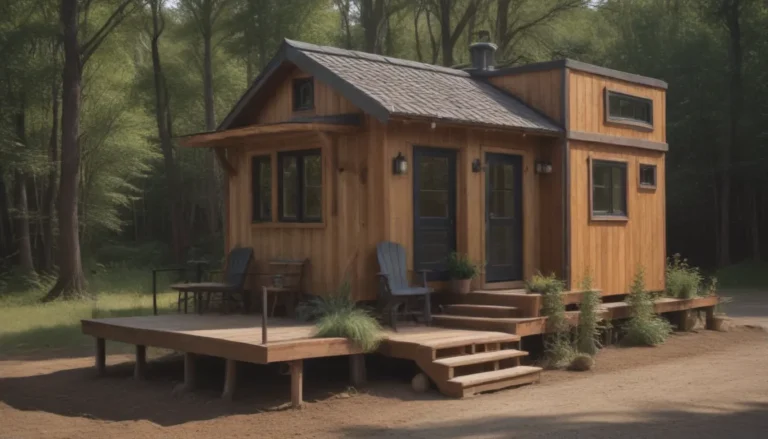Engineered Hardwood vs. Laminate: A Detailed Comparison Guide

Are you in the market for new flooring but can’t decide between engineered hardwood and laminate? Both options offer the look of real hardwood at a more affordable price point, but there are some key differences to consider. In this comprehensive guide, we’ll break down the similarities and distinctions between engineered hardwood and laminate flooring, covering everything from cost and durability to installation and maintenance. By the end of this article, you’ll have all the information you need to make an informed decision on the best flooring choice for your home.
What Is Engineered Hardwood Flooring?
Engineered hardwood flooring is designed to mimic the look of traditional hardwood floors while offering enhanced durability and versatility. This type of flooring features a layer of real hardwood veneer bonded to a plywood substrate, providing excellent dimensional stability. Engineered hardwood can be nailed down or glued down during installation and typically has a lifespan of up to 30 years. While not waterproof, engineered hardwood can be refinished at least once to maintain its appearance.
What is Laminate Flooring?
Laminate flooring is a cost-effective alternative to hardwood that consists of multiple layers, including a fiberboard base, a printed image layer, and a protective wear layer. While laminate flooring is not as visually authentic as hardwood, advancements in technology have led to more realistic wood grain textures and embossing. It cannot be refinished like hardwood, but its low cost and easy maintenance make it a popular choice for many homeowners.
Pros and Cons
Engineered Hardwood Flooring
Pros:
– Real hardwood appearance
– Durable and long-lasting
– Can be refinished
– Adds value to home
Cons:
– Higher cost than laminate
– Not waterproof
Laminate Flooring
Pros:
– Affordable
– Easy to maintain
– Wide range of styles available
– Simple installation process
Cons:
– Less authentic appearance
– Cannot be refinished
Key Differences Between Engineered Hardwood vs. Laminate Flooring
Appearance
- Laminate flooring has improved in mimicking wood textures, but engineered hardwood offers a genuine hardwood surface.
- Engineered hardwood wins for authenticity and visual appeal, especially up close.
Best for Appearance: Engineered Hardwood
Cost
- Laminate flooring is more budget-friendly, with prices ranging from $1 to $3 per square foot.
- Engineered hardwood is pricier, starting at $4 per square foot, with installation costs potentially exceeding $25 per square foot.
Best for Cost: Laminate
Durability
- Engineered hardwood can be refinished, offering longevity and the possibility of multiple refinishes.
- Laminate flooring cannot be refinished and may require replacement when damaged.
Best for Durability: Engineered Hardwood
Installation
- Laminate flooring is DIY-friendly with a click-lock installation system.
- Engineered hardwood may require professional installation due to its installation methods, such as nailing or gluing.
Best for Installation: Laminate
Water Resistance
- Both laminate and engineered hardwood are susceptible to water damage, with laminate having a plastic surface layer for protection.
- Neither flooring type is recommended for high-moisture areas, such as bathrooms.
Best for Water Resistance: Tie
Maintenance and Care
- Laminate flooring is easy to clean but can still suffer from water damage.
- Engineered hardwood requires proper drying after cleaning, with care instructions varying depending on the finish.
Best for Maintenance and Care: Laminate
Resale Value
- Engineered hardwood typically holds greater value and appeal to homebuyers compared to laminate.
- While high-end laminate may not negatively impact a home’s value, genuine hardwood is often preferred for resale.
Best for Resale Value: Engineered Hardwood
Lifespan
- Laminate flooring generally lasts 10 to 20 years, while engineered hardwood can endure up to 30 years or more.
- Engineered wood’s refinishing capabilities and durability make it a longer-lasting investment.
Best for Lifespan: Engineered Wood
Sizes
- Laminate flooring planks are typically narrower, while engineered wood planks offer more size options.
- Both options provide a range of sizes to suit different preferences.
Best for Sizes: Tie
Comfort and Sound
- Laminate flooring may flex underfoot due to its floating installation, but it offers a softer feel with foam underlayment.
- Engineered hardwood is sturdier but can feel harder without the cushioning of foam underlayment.
Best for Comfort and Sound: Tie
Which Is Better, Engineered Hardwood or Laminate Flooring?
When it comes down to choosing between engineered hardwood and laminate flooring, your decision should be based on your priorities. If you value the authentic look and longevity of real hardwood, engineered hardwood is the way to go. However, if affordability and DIY installation are your primary concerns, laminate flooring is a practical choice. Consider your budget, maintenance preferences, and overall aesthetic goals when selecting the best flooring option for your home.
Top Brands
Top flooring brands offer a variety of engineered wood and laminate options to suit different styles and budgets. Laminate flooring is more cost-effective, starting at $1 to $3 per square foot, while engineered wood flooring ranges from $4 to $8 per square foot, not including installation costs. It’s important to choose a reputable brand that aligns with your specific flooring needs and preferences.
In conclusion, the decision between engineered hardwood and laminate flooring ultimately depends on your personal preferences and budget considerations. Whether you prioritize visual authenticity, durability, ease of installation, or maintenance requirements, both flooring options offer unique benefits for homeowners. By weighing the pros and cons of each type of flooring and considering your specific needs, you can make an informed choice that enhances the beauty and functionality of your living space.
